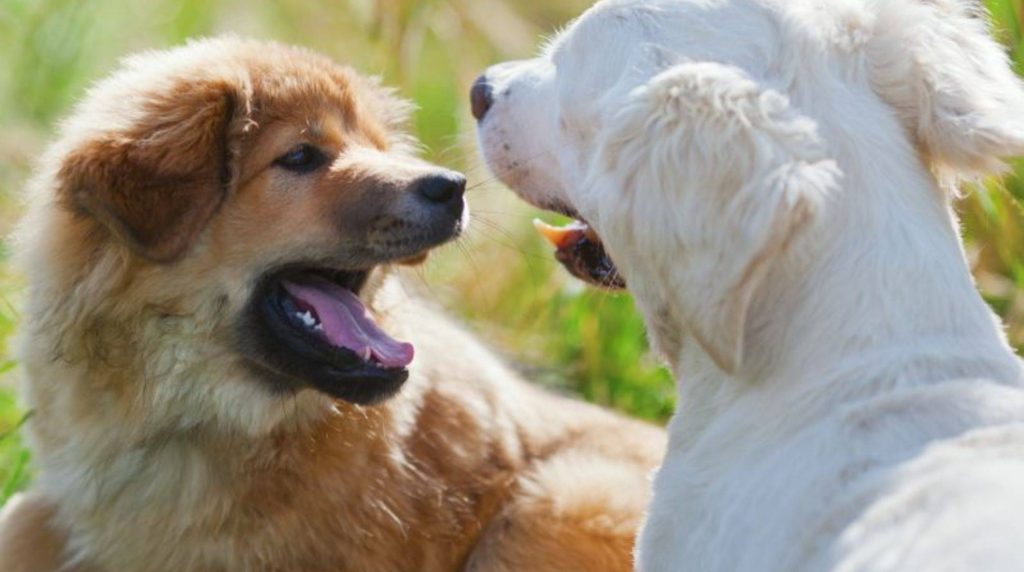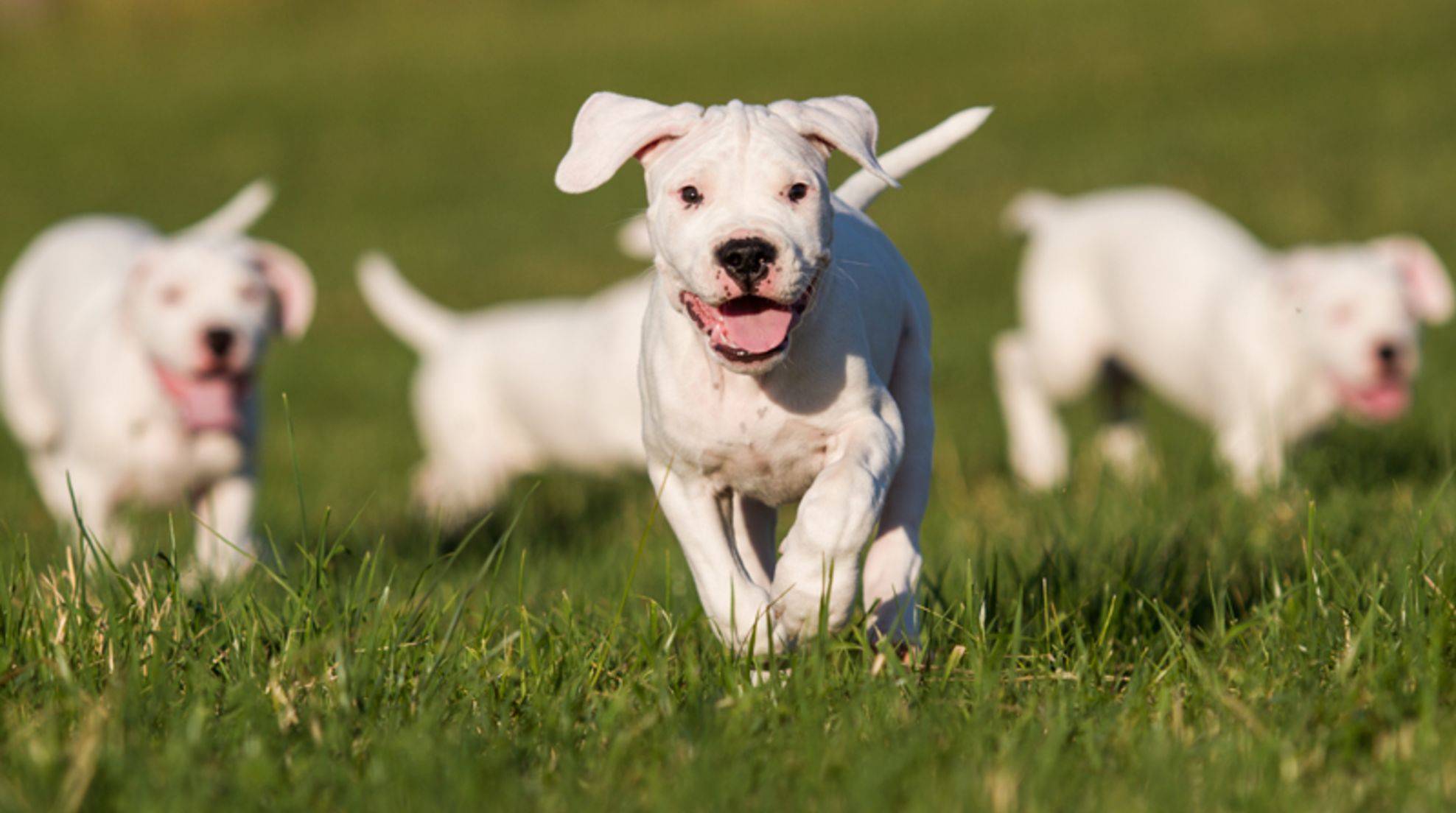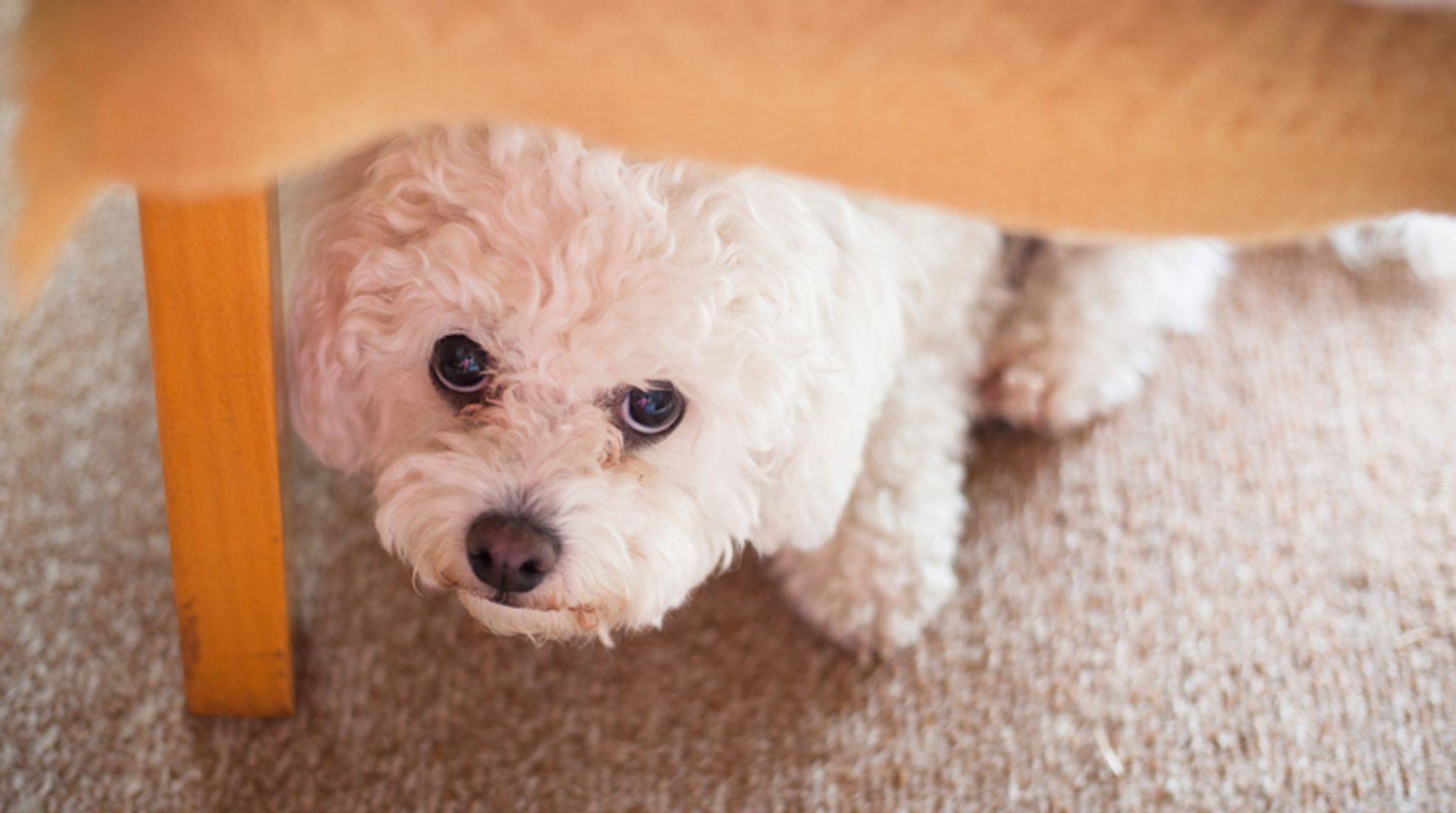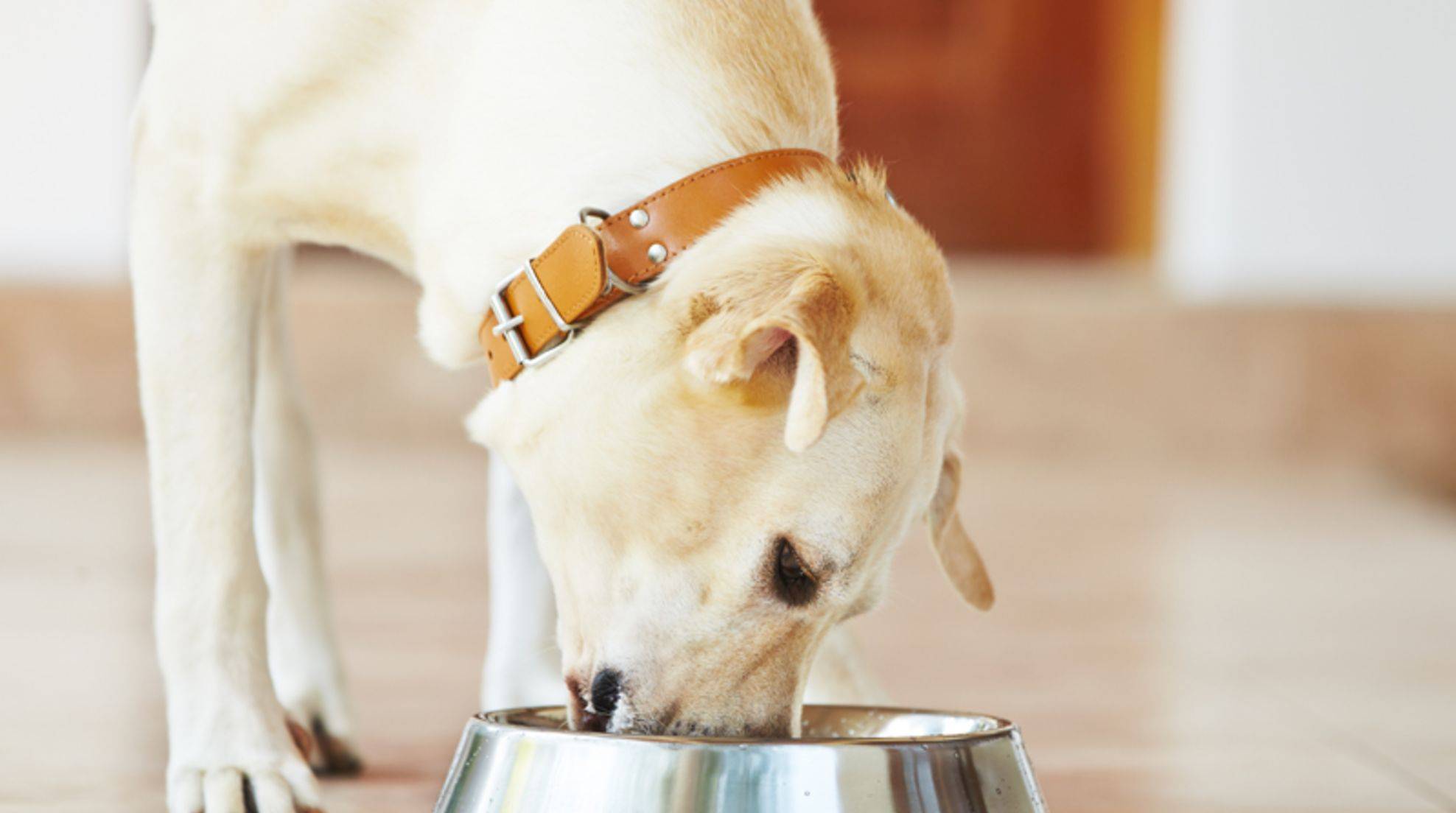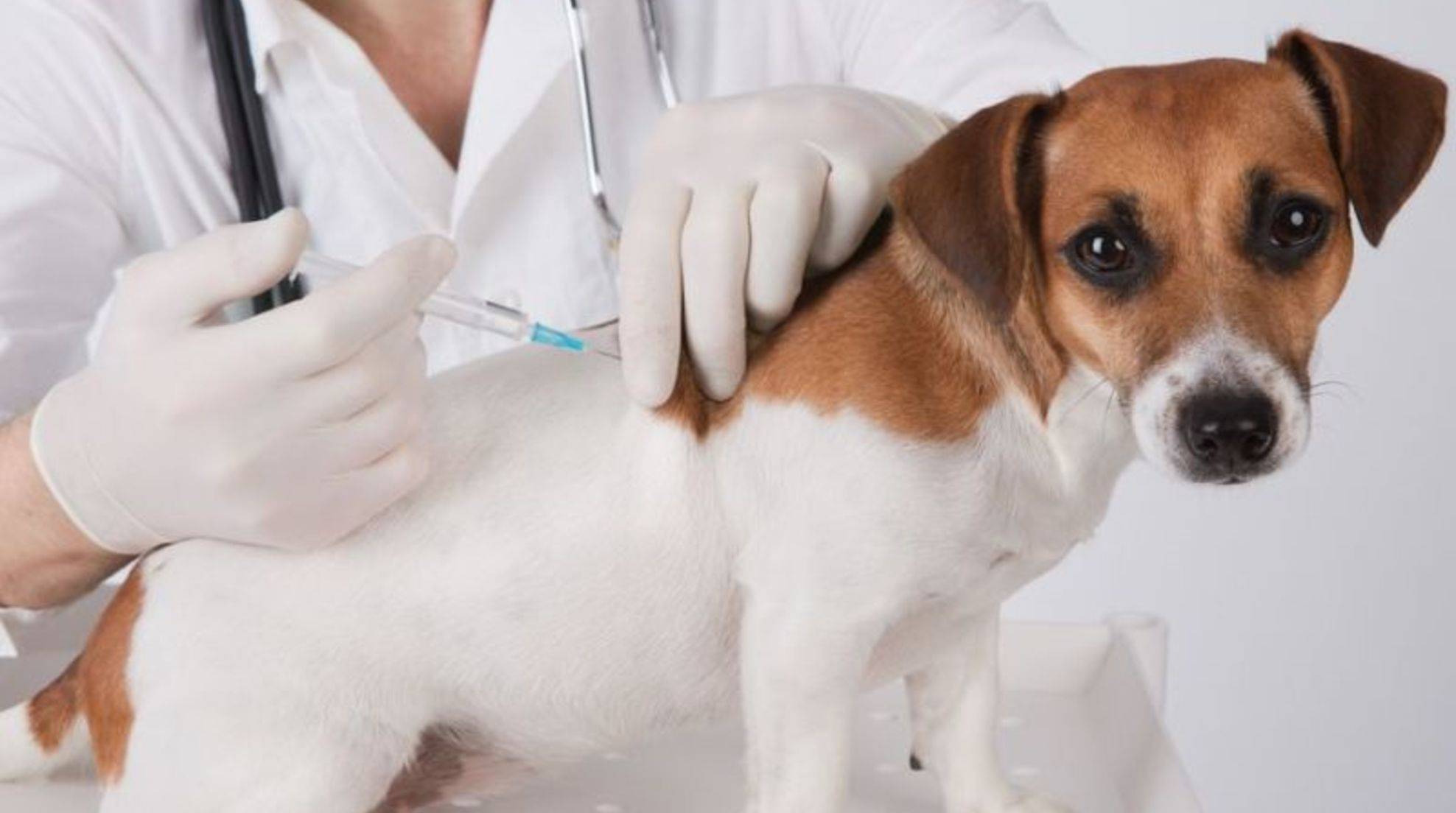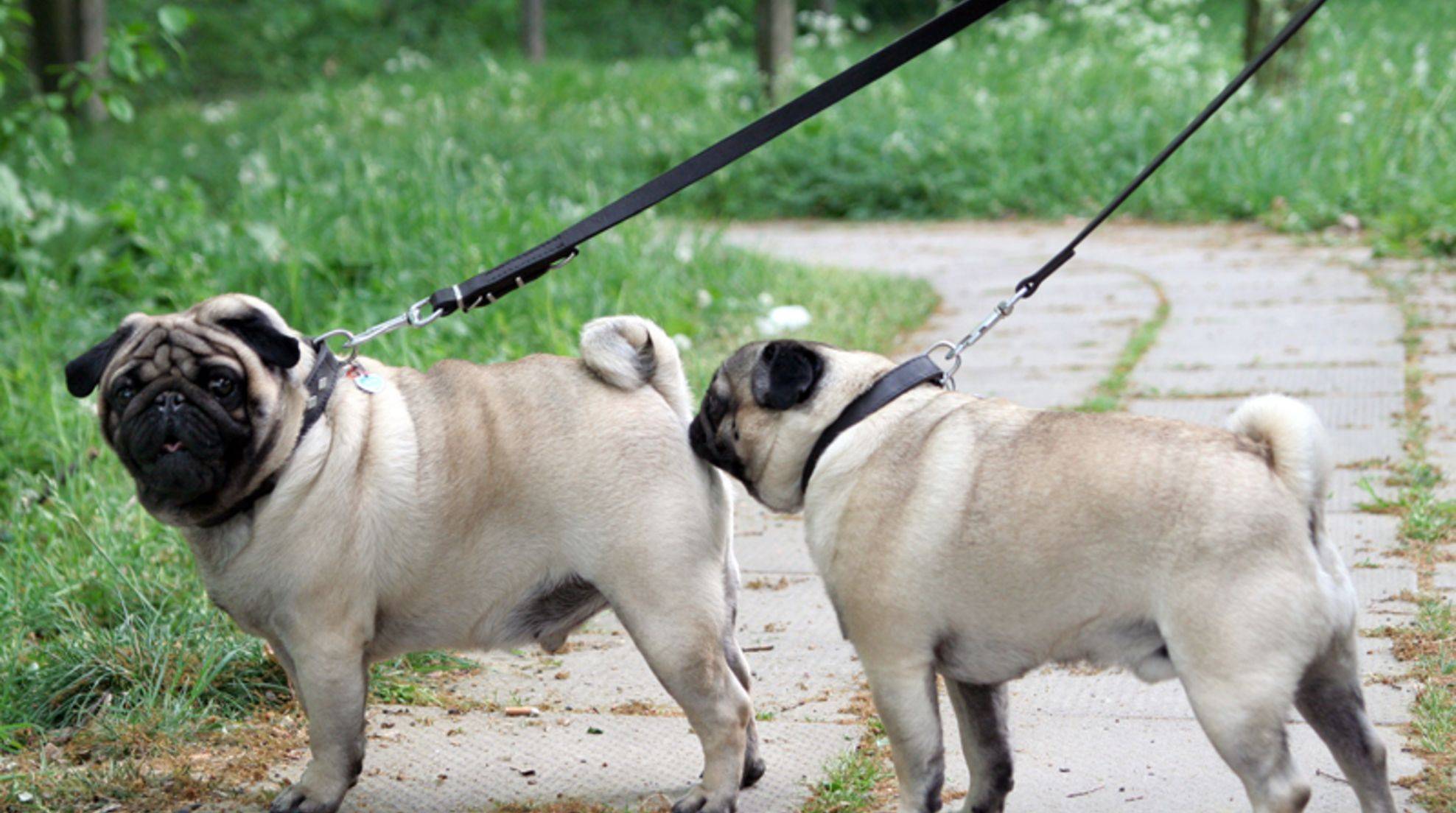Heat in the bitch: course, signs, duration
As soon as a bitch has reached sexual maturity, she is in heat. What this means precisely, which signs are associated with it and how long the heat lasts, we tell you here.
The heat is a natural phenomenon in a bitch. It is the heating phase in the sexual cycle of the female quadrupeds, which occurs at the fertile age.
The first heat of your bitch
The first heat of the bitch usually occurs between the sixth and twelfth months of life – often earlier for bitches of smaller breeds and later for larger ones. The first cycle may not start in giant dog breeds until the bitch is two years old.
Attention: During the first heat, it can happen that it is not noticeable by external signs. Accordingly, it may be that your bitch becomes sexually mature without you noticing it! Therefore, it is better to talk to a vet early and think about spaying if you do not want to experience a surprise in puppies.
The heat of the bitch: duration and frequency
The intervals between heatings are usually between seven and nine months, up to twelve months in some circumstances. With age, the intervals lengthen, and the symptoms typically become weaker – but dogs do not enter menopause-like we humans do.
Probably the most exciting question for dog owners in this context: How long is a bitch in heat? The answer: about 21 days. However, the estrous phase, during which the bitch in heat is ready to mate and conceive, usually lasts only five or six days. When the bitch is in heat, she goes through four phases:
1. proestrus
2. estrus
3. metoestrus
4. anoestrus
Phase 1: The proestrus or “pre-estrus.”
This phase of heat is relatively easy for the dog owner to recognize because, at this time, the bitch secretes a bloody vaginal discharge. For un-neutered males, she is then beautiful, so they hardly want to leave her.
The bitch is not yet fertile and reacts bitchily to her admirers: she avoids them, barks, and may even snap to get rid of them. This phase lasts an average of nine days but can also be much longer or shorter; anything between three and 17 days is possible.
Phase 2: Oestrus or “heat
The second heat phase in the bitch occurs when the female dog is fertile, ready to mate. Several ovulations take place, and the bitch’s vaginal discharge becomes watery.
For an average of nine days, she now shows interest in her admirers. If a male approaches, she stops and turns her tail to the side. Therefore, this phase is also called “standing heat.”
Phase 3: The metoestrus or “after heat
Now the symptoms of heat become much weaker as it progresses, but a hormonal change still causes noticeable behavior in your bitch over the next few weeks.
The production of the hormone progesterone, when the bitch has been mated, provides ideal conditions for the embryo’s implantation. In bitches that have not been bred, it is also produced and sometimes results in pregnancy and milk production.
Phase 4: The anoestrus
This “resting” phase in the course of heat occurs in a bitch without outward signs and lasts several weeks to months. It ends with the beginning of the next heat, i.e., the proestrus. The bitch is not fertile during this phase.
Is your bitch in heat? Recognize signs
Attentive dog owners can already recognize that their bitch will soon be ready to mate by various symptoms if a dog is in heat. In addition to the bloody vaginal discharge, the bitch’s heat is accompanied by observable behavior and other signs. These include:
Frequent urination
Leg raising when urinating – similar to males – to mark.
Frequent licking of the genital area
Restlessness and restlessness or complete lack of drive
Male dogs increasingly sniff the bitch and places marked by her.
Disobedience or conspicuous attachment to the owner
Aggressive behavior towards other dogs
If you wonder about the partly contradictory statements, dogs are individuals, too. Accordingly, the behavior in heat is different depending on the bitch. Therefore: Pay close attention to whether something changes strongly.
Bitch is in the heat: What to do?
If your bitch is in heat, you should keep an eye on your darling throughout the cycle. But what is the best thing for you to do as a dog owner if, for example, you and your female dog meet un-neutered male dogs while out for a walk?
Keep your pelt nose away from male dogs, especially during the fertile phase of her heat, and always keep her on a leash. There is a significant risk that she will otherwise go out on her own to find potential mates.
Bitch is in the heat: What to do?
If your bitch is in heat, you should keep an eye on your darling throughout the cycle. But what is the best thing for you to do as a dog owner if, for example, you and your female dog meet un-neutered male dogs while out for a walk?
Keep your pelt nose away from male dogs, especially during the fertile phase of her heat, and always keep her on a leash. There is a significant risk that she will otherwise go out on her own to find potential mates.
When walking, prefer to choose quiet areas.
Areas where you have to expect many other dogs, you should avoid with a bitch in heat as much as possible. Unnecessary trouble and stress are otherwise pre-programmed if you meet a particularly pushy male dog, which is perhaps on the road without a leash.
Your dog’s behavior may vary at such moments. While some snap at the intrusive admirers, others are more fearful and tend to hide or even flee from the male dog.
Therefore, if you encounter a dog running free, it is best to speak to its owner in a friendly manner and ask him to put the four-legged friend on a leash.
Care and hygiene of a bitch in heat
Usually, the bitch takes care of her hygiene during her heat and cleans herself carefully and often. However, it can still happen that in female dogs with heavier bleeding or not so clean disposition, sometimes a few drops of blood go astray.
Therefore, some dog owners resort to special protective panties for their bitch in heat. So even light carpets and upholstered furniture are safe from blood drops. Accustom your bitch but first slowly and carefully to this “garment.” Otherwise, the protective panties mean unnecessary additional stress for her during the exciting time.
Is it possible to prevent the bitch from being in heat?
The only way to prevent a bitch from being in heat is to spay her. She can no longer have puppies with sterilization but still goes through the hormonal cycle with all the symptoms mentioned.
So if you generally do not want to have any animal offspring in your house, spaying is the better choice. Your bitch will be calmer and more balanced after the procedure, she will get along better with male dogs, and she will no longer get pregnant. In addition, early spaying can reduce the risk of uterine cancer and certain types of tumors.
Possible disadvantages of the surgical procedure: spayed bitches often tend to be overweight and suffer from incontinence more often than their non-spayed counterparts. Therefore, get detailed advice from a veterinarian on this subject.

